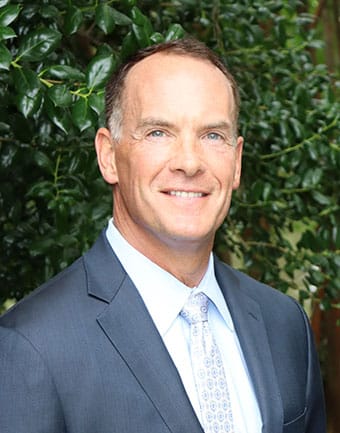
With people now living 10-40 years in retirement, many will have trouble making their assets last throughout retirement, especially with the impact of inflation and taxation that decrease the value of your money over time.
For more than 30 years I have helped thousands of people with their money through the good times and the challenging, and I understand what it takes to plan successfully for retirement. The following is an overview of my harvesting plan for retirement assets; a plan I have seen work effectively for my clients regardless of their income or assets. This plan divides your savings and investment money into three parts.
To start, determine how much money you will need annually from your savings and investments to augment your Social Security and other income sources. Once you determine that annual figure, determine how much money is needed:
• 1-2 years out
• 3-5 years out
• 5+ years out.
Whatever you need to supplement your Social Security and other income sources during approximately your next two years of retirement, at any given time, should be kept in cash reserves or conservative, readily accessible investments; such as savings accounts, Treasuries, Money Market accounts, and other types of liquid low-volatility investments.
The next three to five years of money you may need from your assets I recommend being kept in fixed income or moderate volatility investments. These include things like CDs, Treasury Inflation Protected Securities (TIPS), government or corporate bonds, credit risk investments, and other more conservative or moderate volatility liquid investments. With fixed-income assets, remember to stagger maturity dates to allow for your investment duration to equal the year of your potential need to withdraw and to diversify your holdings within this category. For example, don’t buy a 10-year bond that you anticipate needing to spend in the next 3-5 years.
For growth in your assets, history says investments in equities/stock investments are one of your best bets*. For your money not needed for five years or more, I generally recommend a well-diversified portfolio of primarily equity/stock market investments and possibly 10% in real estate investments, to try to achieve growth. The goal is to help try to stretch your assets for today’s longer life spans. This is where you really need the help of a professional, as this is your longer-term investment money with which you will take on significant risk and potential volatility to try to grow your money for your longer-term harvest. Your goal is to harvest (withdraw) from a well-diversified portfolio of assets only when they are up in value; using the shorter term liquid assets as a buffer during times of market volatility, when the time isn’t right to sell your equities because they are down in value.
I generally recommend each year of “need from assets” money be taken from the part of your portfolio that did the best compared to its history. This allows you to “harvest” for any given year from any investment, depending on which portion of your portfolio is doing best at the time of need – so you can harvest where there is bounty.
Because of the potential significantly large fluctuations of the stock markets, I believe it is prudent to only have your longer-term dollars invested in equities and real estate, and that you need to have a “bear market emergency reserve” to buy yourself out of periods of market downturn.
Finally, to keep this plan rolling forward, once each year, “fill up” spent cash reserves from your investments and other assets to maintain accessible cash for living expenses. In the event of multiple down-market years, you would draw that year’s harvest from your cash reserves or fixed income assets, which reduces the chance of you having to sell when the market is “low”. Remember, with investments you always want to try to “buy low, sell high”.
Obviously, this is a very simplified overview of my plan for asset harvesting. If you would like to learn more, or simply get a 2nd opinion on your retirement plan, please contact our office at 770.931.1414 or visit our website at www.rogersgreen.com about scheduling a no-cost, no-obligation telephone or Zoom consultation. Please see our What We Do page for a video summarizing the Harvesting Plan.
*Note: Past performance does not guarantee future success, and no system or financial planning strategy can guarantee future results.
Roger S. Green is an Investment Advisor Representative, offering securities and advisory services through Cetera Advisors LLC, a Registered Investment Advisor and broker/dealer, member FINRA/SIPC. His office is located at 3700 Crestwood Parkway Duluth, GA 30096. Green Financial and Cetera Advisors are not affiliated.

